Internet of Things: IoT in Smart Homes
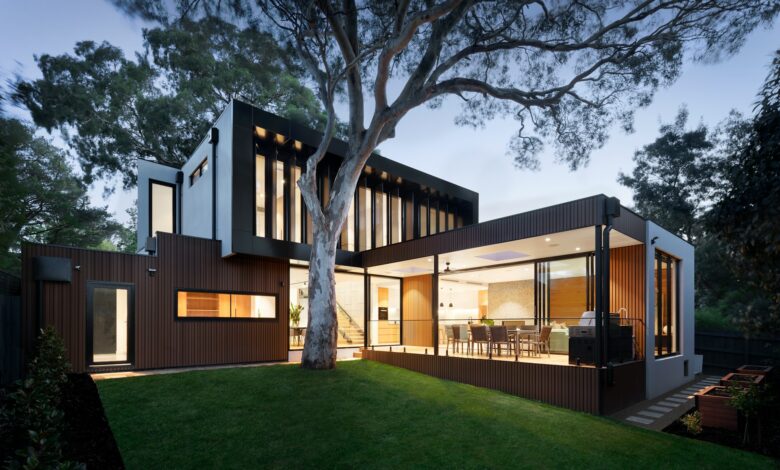
What if your home could think for itself? Welcome to the era of IoT in Smart Homes, where everyday appliances transform into intelligent allies. With the Internet of Things, mundane tasks evolve into seamless experiences, offering unparalleled convenience and efficiency. Picture waking up to a perfectly brewed coffee and lights gently illuminating your path, all orchestrated by smart devices that learn your preferences. The allure of a connected lifestyle is compelling, beckoning homeowners to embrace this technological revolution. Dive into the world of IoT in Smart Homes and discover how this innovation can enhance your living environment, making it smarter, safer, and infinitely more enjoyable.
Table of Contents
What Is Internet of Things?
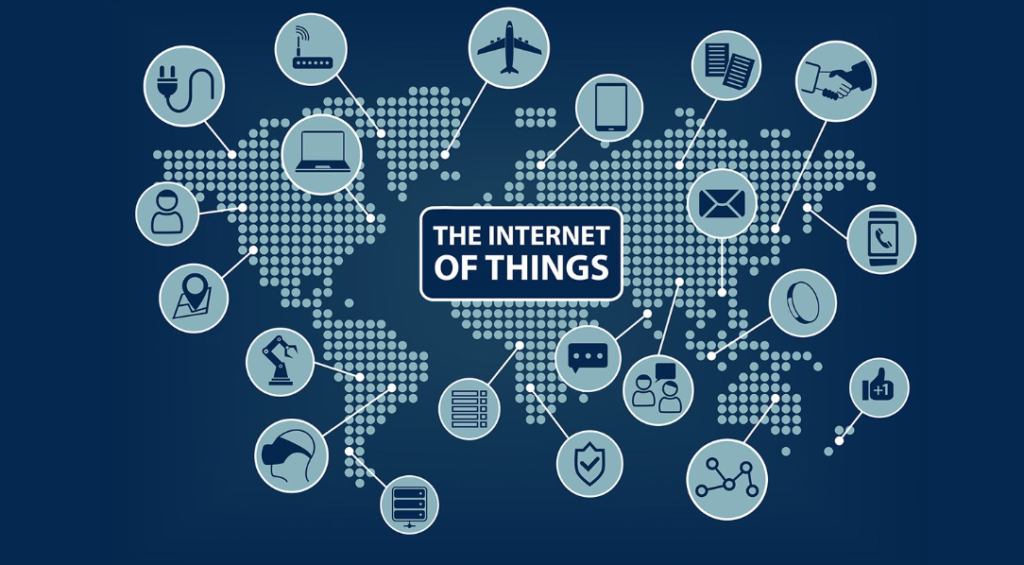
The Internet of Things (IoT) represents a transformative paradigm where everyday objects are interconnected through the internet, enabling them to collect, share, and analyze data. This burgeoning network encompasses a myriad of devices, from home appliances to industrial machinery, all equipped with sensors and software that facilitate communication. In the context of IoT in Smart Homes, this technology revolutionizes domestic living by creating an ecosystem where appliances and systems operate harmoniously.
Imagine a home where your thermostat adjusts itself based on your preferences, while smart security systems monitor your property in real-time. This interconnected environment not only enhances convenience and efficiency but also promotes energy conservation and improved security. As the IoT in Smart Homes continues to evolve, it offers unprecedented opportunities for personalization, making daily life more seamless and enjoyable. The future is bright, filled with possibilities that transform ordinary living spaces into intelligent sanctuaries.
The true power of IoT in Smart Homes lies in its ability to create an environment that anticipates our needs, turning houses into personalized sanctuaries.
Role of IoT in Smart Home
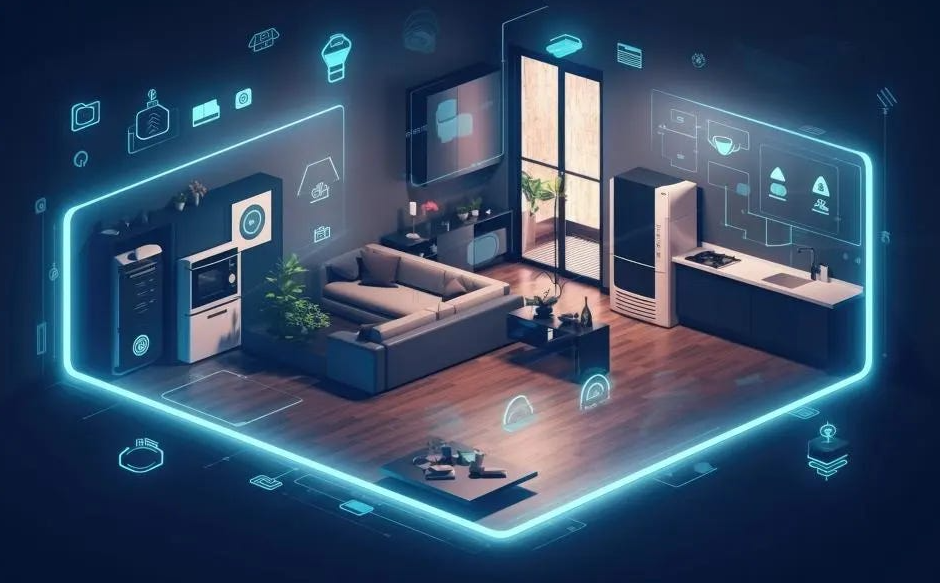
- Automation of Daily Tasks: Smart devices can automate routine tasks such as adjusting the thermostat, turning on lights, or even brewing coffee. For instance, a smart coffee maker can start brewing based on a preset schedule, while smart blinds can open at dawn to let in natural light, significantly enhancing daily convenience.
- Enhanced Energy Efficiency: IoT devices are designed to optimize energy consumption. Smart thermostats monitor real-time usage and adjust heating and cooling based on occupancy and preferences. This results in significant energy savings and a reduced carbon footprint, as appliances operate only when necessary.
- Improved Security Measures: The IoT in Smart Homes includes a suite of security devices such as smart locks, motion sensors, and surveillance cameras. These devices provide real-time notifications of suspicious activities and allow homeowners to remotely monitor their properties, ensuring a heightened level of security and peace of mind.
- Remote Control and Monitoring: Homeowners can control their smart devices from anywhere using smartphone applications or voice assistants. This capability enables them to check security cameras, adjust lighting, or modify thermostat settings while away from home, making life more manageable.
- Integration and Interconnectivity: Devices within the smart home ecosystem communicate with each other, allowing for seamless integration. For example, when a homeowner leaves for work, a single command can activate a sequence where the smart thermostat lowers the temperature, lights turn off, and the security system engages, creating a synchronized home environment.
- Personalization of Living Spaces: Smart devices learn from user interactions, enabling them to provide personalized experiences. For instance, a smart speaker can curate music playlists based on listening habits, while smart lighting can adjust to create the perfect ambiance for different activities, from movie nights to intimate dinners.
- Data Collection and Insights: IoT devices continuously gather data on energy usage, temperature settings, and even security alerts. This data can be analyzed to provide insights into patterns and inefficiencies, empowering homeowners to make informed decisions about their home management and lifestyle adjustments.
- Health and Wellness Monitoring: The IoT in Smart Homes extends to health and wellness, with devices like air quality monitors, smart scales, and sleep trackers. These devices help homeowners maintain a healthy environment by alerting them to pollutants or tracking health metrics, contributing to an overall focus on well-being.
- Increased Home Value: As smart home technology becomes more prevalent, integrating IoT devices can enhance property value. Potential buyers often view smart features as valuable additions, making homes with these technologies more attractive in the real estate market.
- Seamless User Experience: The ultimate goal of IoT in Smart Homes is to create a seamless user experience. By simplifying interactions with technology, homeowners can focus on enjoying their living spaces rather than managing devices, leading to a more satisfying and efficient lifestyle.
How IoT in Smart Home Works?
| Component | Description |
| Device Connectivity | Smart home devices, including thermostats, lights, security cameras, and appliances, connect to a central hub or directly to the internet. This connectivity allows them to communicate seamlessly with one another, forming an integrated ecosystem that facilitates automation and control. |
| Data Collection | Each device is equipped with sensors that collect data related to its function. For instance, smart thermostats monitor ambient temperature and humidity, while smart security cameras capture video footage. This data is crucial for understanding user preferences and making informed decisions about home management. |
| Communication Protocols | Smart devices use various communication protocols, such as Wi-Fi, Zigbee, and Z-Wave, to transmit data between themselves and the central control system. These protocols ensure efficient and reliable data transfer, enabling devices to interact in real time without delays. |
| Centralized Control | Homeowners can manage their smart devices through a centralized hub, mobile app, or voice-activated assistant (like Amazon Alexa or Google Assistant). This centralized control simplifies the user experience, allowing individuals to monitor and adjust multiple devices from a single interface, enhancing convenience. |
| Automation and Scheduling | The IoT in Smart Homes allows for the automation of routine tasks. Homeowners can set schedules for devices to perform specific actions automatically—like turning off lights at night or adjusting the thermostat when leaving for work. This feature increases energy efficiency and saves time. |
| Real-time Monitoring and Alerts | Smart home systems continuously monitor their environments and provide real-time updates to homeowners. For example, if a security camera detects unusual movement, it can send an alert to the homeowner’s smartphone. This immediacy allows for prompt responses to potential security threats or system malfunctions. |
| Machine Learning and AI | Many smart home systems leverage artificial intelligence (AI) and machine learning algorithms to learn user preferences over time. This allows devices to adapt to individual habits, optimizing functionality. For instance, a smart thermostat might adjust its settings based on historical data of when the homeowner is typically home, ensuring maximum comfort while minimizing energy costs. |
| Integration with Other Services | The IoT in Smart Homes can integrate with external services, such as weather forecasts or energy management systems. For example, a smart irrigation system may automatically adjust watering schedules based on current weather data, conserving water and promoting healthier plants. This seamless integration enhances the overall functionality of smart homes. |
| User Interaction | Homeowners interact with their smart devices through various interfaces, including mobile apps, voice commands, or touch screens. This variety of interaction methods fosters a more intuitive experience, making it easy for individuals to manage their smart homes according to their preferences. |
| Feedback Loop | The interconnectedness of devices creates a feedback loop where actions taken by one device can influence others. For instance, if a smart smoke detector senses smoke, it can trigger smart lighting systems to illuminate exit paths while sending alerts to the homeowner’s phone. This interconnected response enhances safety and creates a more responsive living environment. |
As technology advances, IoT in Smart Homes will redefine convenience, making our daily lives simpler, safer, and more energy-efficient.
IoT Smart Home Technologies
| Technology | Description | Benefits |
| Smart Sensors | Devices like motion, temperature, and humidity sensors that collect real-time data from the environment. | Automate responses to changes, enhancing comfort and security. |
| Smart Hubs | Central command center that connects all smart devices, such as Amazon Echo and Google Nest. | Ensures seamless communication among devices and allows for automation and centralized control. |
| Voice Assistants | AI-powered assistants like Alexa, Google Assistant, and Siri that enable hands-free control of smart devices. | Simplifies user interactions and allows for routine management through voice commands. |
| Smart Lighting | Lighting systems that offer adjustable brightness and color, scheduled operations, and remote access. | Enhance ambiance, improve energy efficiency, and provide security through programmable features. |
| Smart Thermostats | Devices like Nest that learn user habits to optimize heating and cooling, while allowing remote control. | Increase energy savings and comfort by adapting to user preferences and providing energy usage reports. |
| Smart Security Systems | Include smart cameras, doorbells, and alarm systems that enhance home security and monitoring. | Provide real-time alerts, remote viewing, and quick communication with authorities. |
| Smart Appliances | IoT-enabled appliances such as refrigerators, ovens, and washing machines that simplify household tasks. | Improve convenience, energy efficiency, and offer advanced features like inventory tracking and remote control. |
| Smart Blinds and Curtains | Automated window treatments that can adjust based on time of day or sunlight. | Enhance energy efficiency, privacy, and comfort by controlling light levels throughout the day. |
| Smart Irrigation Systems | Systems that adjust watering schedules based on weather forecasts and soil moisture levels. | Conserve water, promote healthier plants, and provide remote management for gardening needs. |
| Smart Energy Management Systems | Technologies that monitor and optimize overall energy consumption, including real-time monitoring and load control. | Help identify high-consumption devices, reduce energy costs, and integrate with renewable energy sources for sustainability. |
IoT Smart Home Automation
IoT Smart Home Automation represents a transformative leap in residential living, redefining convenience and efficiency. At its core, IoT in Smart Homes integrates a network of devices that communicate seamlessly, enabling unprecedented control over various household functions. Imagine entering your home and having the lights automatically adjust to your preferred brightness while the thermostat sets the perfect temperature.
This synergy of technology enhances comfort and energy efficiency. Moreover, smart appliances streamline daily tasks, from washing clothes to brewing coffee, all tailored to your schedule. Security systems equipped with smart cameras and motion sensors provide peace of mind, alerting homeowners of any unusual activity. The automation extends to gardening with smart irrigation systems that optimize water usage based on real-time weather data. As technology advances, IoT in Smart Homes continues to evolve, promising a future where every aspect of home life is interconnected, efficient, and intuitive.
Future
- Enhanced Interconnectivity: Devices will communicate more efficiently, creating a seamless user experience. Homeowners will manage everything from lighting to security through a centralized platform, often powered by artificial intelligence.
- Energy Efficiency: Advanced algorithms will optimize energy consumption, reducing costs while minimizing environmental impact. Smart appliances will adjust their operations based on real-time usage patterns.
- Health Monitoring: Wearable devices will integrate with smart home systems to monitor vital signs and alert residents to potential health issues, promoting proactive wellness management.
- Increased Security: Innovative technologies, like biometric authentication and advanced surveillance systems, will provide unparalleled security measures, ensuring peace of mind.
- Personalized Experiences: Homes will learn and adapt to individual preferences, from personalized lighting to tailored entertainment options, enhancing overall quality of life.
Conclusion
In conclusion, the IoT in Smart Homes revolution is not merely a trend but a profound shift in how we experience our living environments. By seamlessly integrating technology into daily routines, homes become more intuitive, efficient, and secure. The evolution of smart devices will continue to enhance comfort and convenience, allowing for tailored living experiences that adapt to individual needs. As innovations unfold, the promise of an interconnected ecosystem becomes increasingly tangible. Embracing IoT in Smart Homes will lead to a future where living spaces not only respond to our commands but also anticipate our desires, fundamentally transforming the essence of home.
With the rise of IoT in Smart Homes, the future of living spaces is not just smart; it’s intuitive, transforming how we interact with our surroundings.
FAQs on the topic of IoT in Smart Homes:
- What is IoT in Smart Homes? IoT in Smart Homes: refers to the interconnected network of devices and systems within a household that communicate with each other to enhance convenience, efficiency, and security.
- How does IoT in Smart Homes improve energy efficiency?: By optimizing the operation of devices such as thermostats, lighting, and appliances based on usage patterns, IoT in Smart Homes can significantly reduce energy consumption and lower utility bills.
- What are the security benefits of IoT in Smart Homes?: IoT in Smart Homes enhances security through smart locks, surveillance cameras, and motion detectors that provide real-time alerts and remote monitoring capabilities.
- Can I control my IoT devices remotely?:Yes, most IoT in Smart Homes devices can be controlled remotely via smartphone apps, allowing homeowners to manage their systems from anywhere.
- What technologies are commonly used in IoT in Smart Homes?: Common technologies include smart sensors, voice assistants, smart appliances, and home automation systems, all working together to create a cohesive smart home ecosystem.
- Is IoT in Smart Homes safe from hacking?: While IoT in Smart Homes can be vulnerable to cyber threats, implementing strong security measures such as regular software updates, strong passwords, and network encryption can mitigate risks.

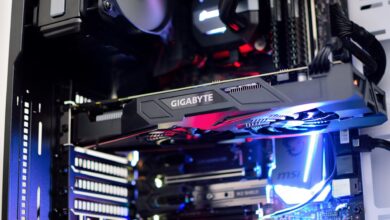
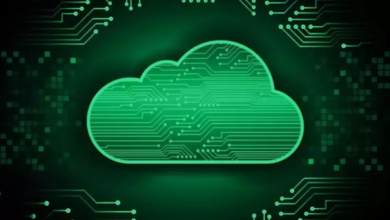
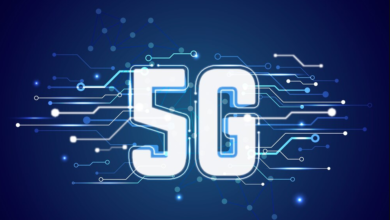

Can you be more specific about the content of your article? After reading it, I still have some doubts. Hope you can help me.